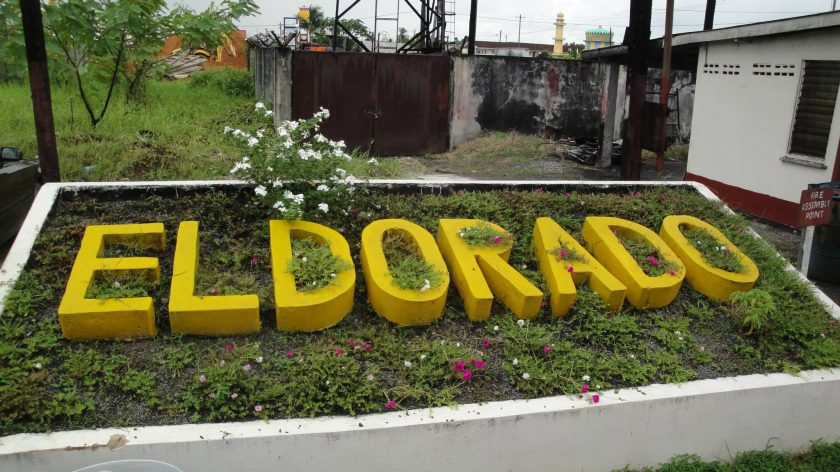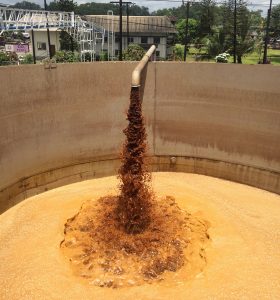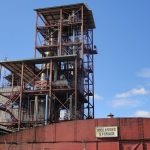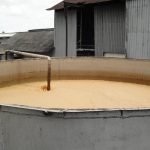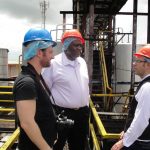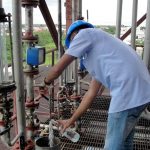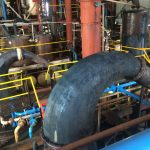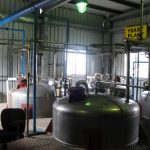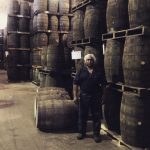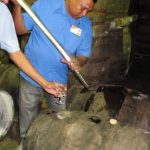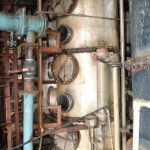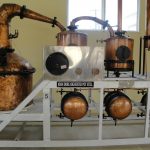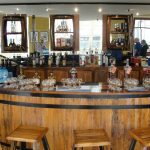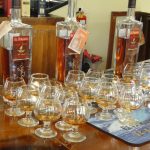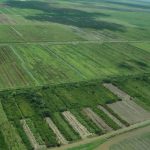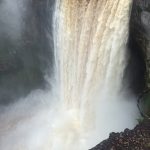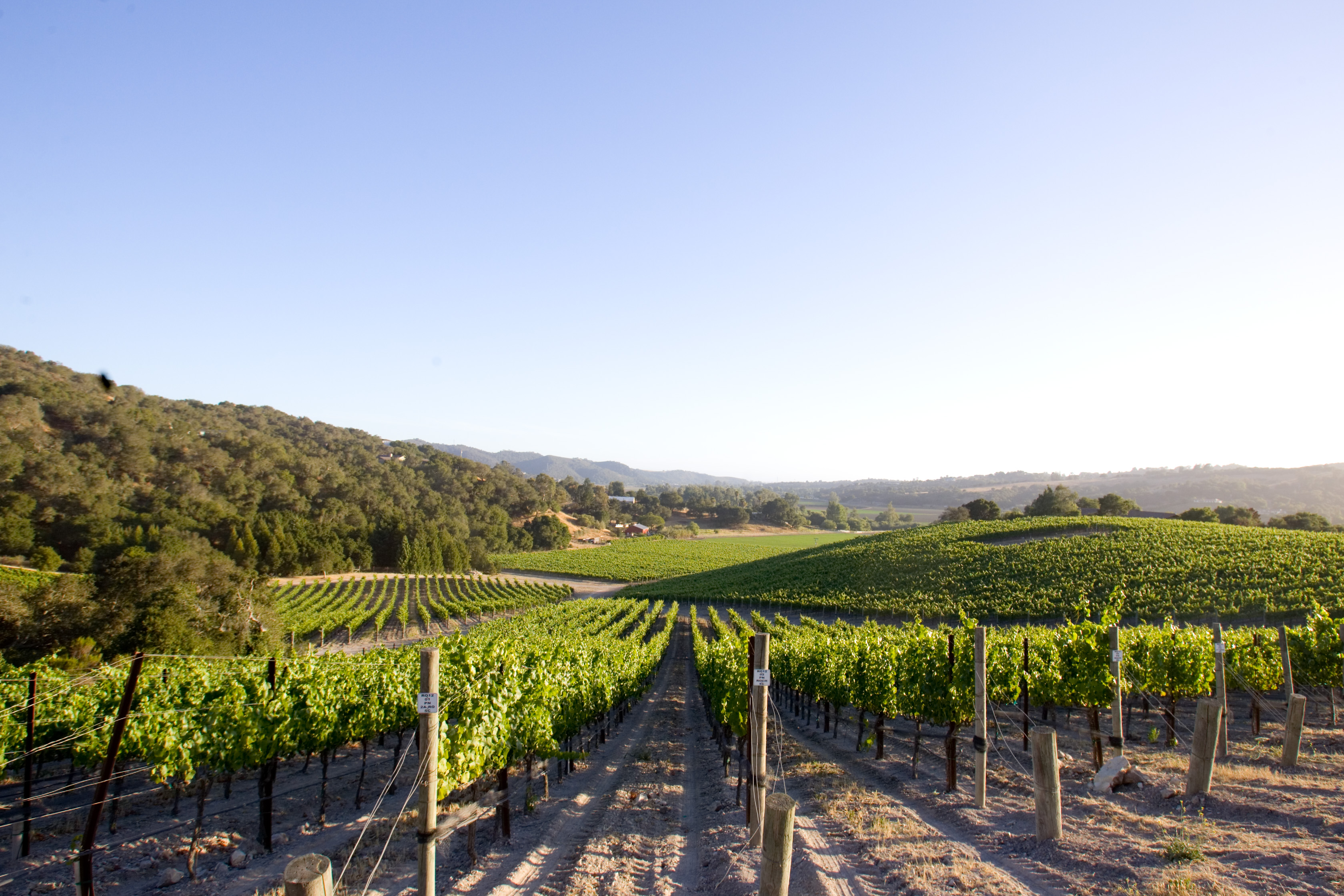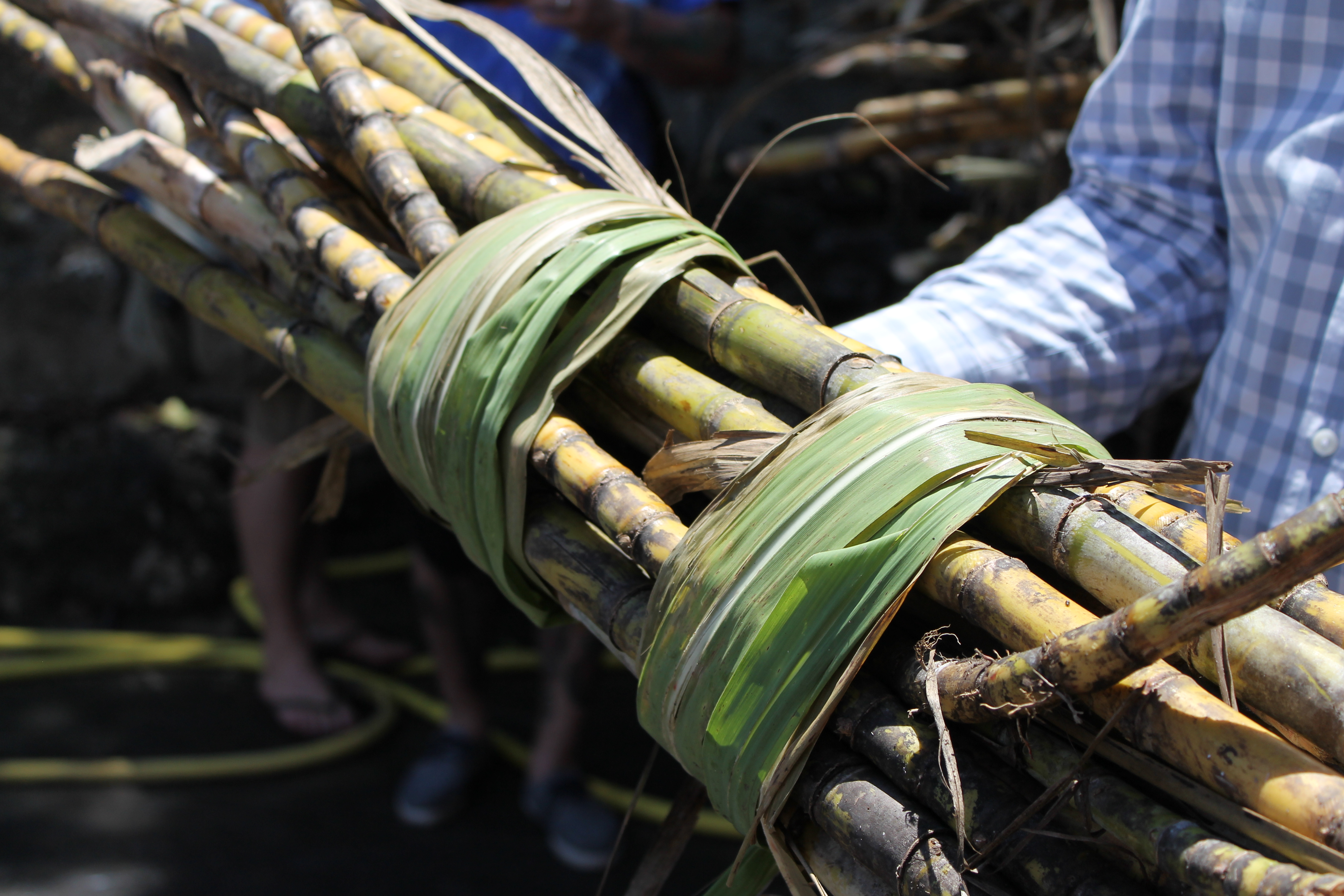Getting there was a challenge – there were late night flights, unexpected layovers due to tropical storms, phones that fell to earth from two stories up – but when our little group of explorers finally arrived in Georgetown, Guyana to visit the world’s last Demerara distillery the trials of our journey melted away. We had arrived at the home of El Dorado Rum.
The drive from the airport into the heart of the city is a slow transition from tiny districts – some nearly shanty towns, with surprising names like Eccles, Nandy Park, Herstelling, Bagotstown and McDoom – to a densely populated bustling metropolis of markets and wildly mixed architecture. After Columbus passed through Guyana in the 15th Century, the Dutch were the first major European colonists in Guyana. Dutch influence is still distinct – they brought distillation technology to this tiny South American nation, and some bars still have ancient opaque bottles of Dutch genever decorating the shelves. Not long after, the Dutch sold this critical part of Guyana to the British, and Georgetown’s civic buildings are all beautiful, ornate Victorian expanses with spiral staircases decorating exteriors which seem to be dripping in bright colors and lacy metalwork. Though the Europeans all but disappeared after Guyanese independence (1966), the population – about 750,000 people – is blended like rum from a wide wash of ethnic heritages. African, Indian and Chinese communities mingle broadly, and as we passed through the streets of Georgetown we caught sight of street food vendors selling hybrid cuisine like jerk chicken roti (highly recommended). Traffic laws are loose, scooters and crowds of teenagers litter the streets, and dogs roam merrily among the chaos. Georgetown was a sight to behold.
Nothing, however, could have prepared us for visiting Diamond Distillery, the home base of Demerara Distillers Limited, producers of El Dorado Rum. We thought we knew what to expect. Diamond Distillery is the oldest operating distillery in the Western Hemisphere. There are some ancient stills working here, some made from wood – we knew the story. But it’s so much more than the anecdotes.
Diamond Distillery is the last Demerara rum distillery in Guyana – the only home of Demerara sugar. Standing high up on their largest still, you can see the edge of the cane fields, a plantation named Wales that supplies the molasses for El Dorado… legendary, unique sugar cane which fills much of the Demerara river basin, on the equator and below sea level. It is impossible to do justice to just how much the rich, dense humidity of the environment seems to be reflected in the rich, creamy sugar and rum Guyana produces. Everything about this place feels plush and generous.
At its peak, British Guyana had well over 300 plantation distilleries operating around the Demerara valley. Again, Diamond Distillery is the last. The historic stills we saw in operation had slowly made their way to Diamond Distillery from plantations all around the country, and now each of El Dorado’s aged rums are distilled on those ancient stills and blended to showcase a unique voice for the Demerara it represents. Over 200 tons of molasses are distilled every day, 330 days a year! Considering this is the last distillery of its kind, the mind boggles to imagine what an enterprise Demerara rum used to be.
Oh, those stills. The awe it inspires to put your hands out and touch the oldest known operating pot and Coffey stills in the world is impossible to describe. The PM still, from the Port Morant plantation, is a double-wooden pot still (two pot stills, daisy chained together by their swan’s necks) built from local greenheart wood in 1732. It has been distilling ever since, pooled in water to keep the heat from expanding the lumber; we climbed on top of it and hugged the neck. For nearly 300 years that still has given us joy. The EHP still, from the Edward Henry Porter plantation, is a giant wooden Coffey still covered in cracking red paint. It looks like a huge game of Jenga. Metal piping tucks in and out of its sides to heat the distillate within; perforated tubes release hot steam into the fermented molasses. The still seemed to hum with a pleasant sense of purpose. A few curiosities popped up in our exploration of the distillery. The Briggs pot stills, small and painted blue, are used to distill a Demerara gin which never leaves the Caribbean. Fermentation takes place both in sealed, contained vessels and in massive outdoor tanks exposed to local rainwater. In the aging house, which is only semi-contained itself, a collection of Presidential barrels sit waiting and sealed, to be opened by a new President in the year 2041. A gentle notion of community surrounds the distillery: on the gate, a sign reads “Workplace stress! It’s a collective challenge! Do the work! Do the play! Avoid dismay!!”
We could not help but agree.
Exploring the community of Georgetown was incredible. St John Frizell, one of our traveling companions, is an expert on the subject of legendary cocktail writer Charles H Baker Jr, who visited Georgetown in 1947 for his book The South American Gentleman’s Companion. St John walked us through some of the historic clubs and hotels of Baker’s day, all of them gone save the private Georgetown Club – but our driver, Aubrey, was able to gain us access and we drank 12 year old El Dorado Rum at the same bar where Baker once discovered the Chocolate Soldier cocktail, the Demerara Rum Sling and the Demerara Red Lion cocktail. Fans lazily circled overhead, and though the rest of Baker’s haunts had been torn down or burnt to the ground, the Gerogetown Club seemed unchanged in nearly a century of Caribbean life.
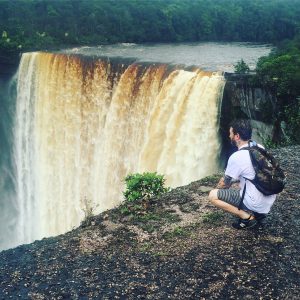
But most critical to understanding the environment that is Guyana is leaving the city. Most of the country is sparsely inhabited (the whole nation is 20% the population of Brooklyn) but if you travel out past all those cane fields, if you fly out above the diamond mines and gold mines that form the modern backbone of their economy – and kudos if you do, because the only planes that will take you are tiny, rickety little 8-seater propeller planes that leap and lurch between the clouds – well, if you get past all that you’re in the rainforest.
Miles from civilization, and suddenly climbing up from the Demerara valley (below sea level) to high in the mountains, we traveled to see Kaieteur Falls, one of the world’s largest waterfalls. The river runs through the jungle, among the trees, turning brown like aged rum from the tannins in their roots; it drops so far that you can hear it for miles. As we hiked to the waterfall’s edge we were reminded that the prefix in rainforest is rain – drenched in a matter of seconds before the mountain winds cut through us like knives. Plush like the Demerara, the jungle was deep and exploding with life, but an undercurrent of danger lived below the leaves and leaped at the cliffs of the Kaieteur. Though there have been centuries of developing the Guyanese lands, the early colonists and the modern people of Guyana have managed to retain a deep respect for the powerful nature which surrounds them. The rainforest and its mighty falls, the gift of the Demerara and its sugar, even the valuable minerals they pull from the earth – it is all much larger than the people gathered on its edges, and they’ve made efforts to allow it to remain that way. In recent years, they’ve even expanded environmental protections around the rivers and the forest.
We could learn a few things about integration, heritage and respecting the power of nature from the Guyanese. And we can taste it in the last rum being made from Guyanese sugar cane.




